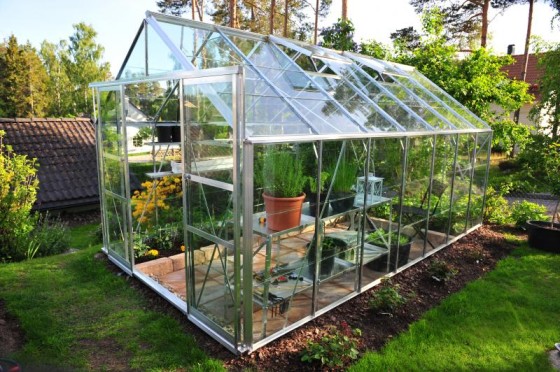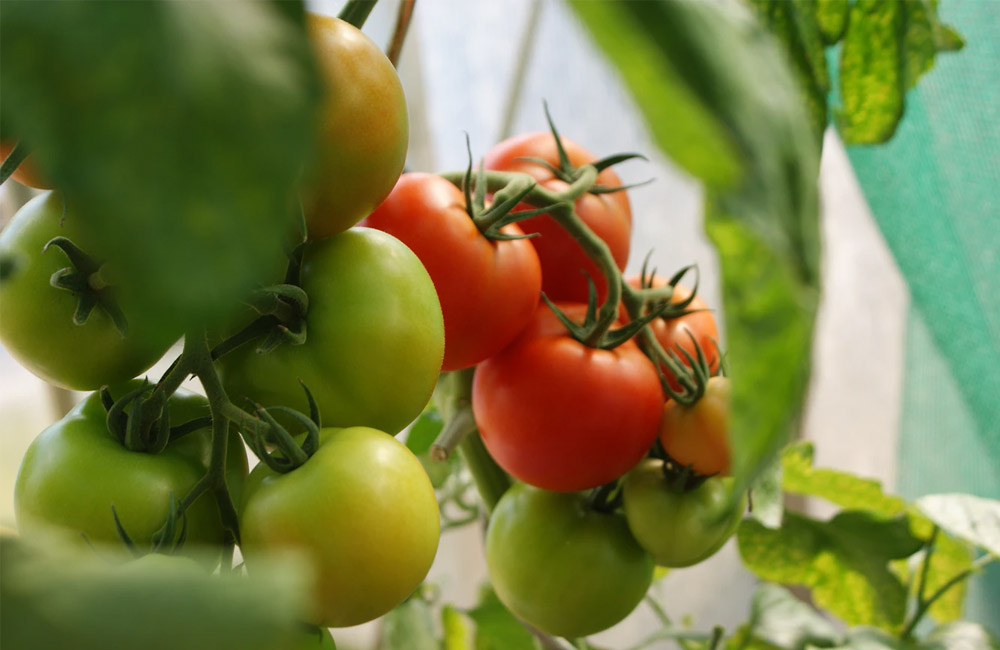
×

If to define a greenhouse in layman's language, the greenhouse is a structure of glass walls and a roof. They are used to grow a variety of plants, like tomatoes, vegetables, or steamy flowers. An advantage of having a greenhouse is it stays warm from the inside even in cold weather. The greenhouse practice provides enough support to control climate weather and protect plants even in cold weather. Along with that, it also gives protection against pests and diseases. Greenhouse is like a dream come true. If you are a beginner at this, greenhouse for beginners is not a difficult task if the correct guidelines are followed.
Before you begin the process, know that a greenhouse garden at your house is the best decision to make. Greenhouse helps to hold plants during the dormant period, plus it provides a sheltered space for seeding a plant. When going for a greenhouse, location matters a lot. The presence of tree roots, water, and good sunshine will affect your greenhouse quality. The better these factors, the more will be the ability of the greenhouse to produce. In certain places for instance northern latitudes, greenhouses are aligned in no-shade places which maximize sunlight. Another factor to consider while deciding location is it is well-drained.
Once the location is decided, check the kind of space it requires. And it is decided based upon below points.
- What vegetables do you like to eat, which vegetables need warm shelter to harvest, and how many varieties do you want to plant?
- Do you like warm vegetable fruits like oranges, they also need extra space to grow.
In the end, your greenhouse space depends upon your plans and goals. On average, a family needs approx. 20 to 25 sq. ft of greenhouse growing space.

A greenhouse garden is an intimidating task for beginners. This is not an easy task, you need to think about location, space availability, and other factors before you start your greenhouse for beginners. Self-standing greenhouse is the most common type. There are other simple and different greenhouse for beginners. Polytunnels are the effortless type of greenhouses.
They are made of metal rings covered in plastic sheeting. They are cheap to build. However, they have limited space. Lean-to-greenhouses are linked to your house or building, it has more space but is quite expensive.
Once the variety of greenhouses is checked, check the type of material that will be used for your greenhouse. Some of those materials are polycarbonate, glass, and plastic. Once you know these factors, you can build the best greenhouse as a beginner after you consider the important things like ventilation, lighting, and heating.
Now if you think every soil works best for a greenhouse, then no. Consider using a lightweight soil mix as it is easy to work with and drains quickly.

If you follow the below tips, the management of a greenhouse becomes effortless.
Things change quickly in the greenhouse. Make sure to visit regularly at least once a day to keep an eye on the surroundings and make changes accordingly.
Set your schedule which you can follow almost daily. Like if you are comfortable visiting in the morning to your greenhouse then visit at the same time every day.
Do not just limit yourself to one particular seed, once your initial seed is ready to harvest, it creates ample space for other vegetables or fruits as well. Start growing that as well.
Growing too many vegetables will overcrowd your space and lead to problems like blockage of fresh air and it becomes hard to maintain.
If you visit daily in the greenhouse, then make sure to water it as it will dry rapidly during hot weather.
When you water your greenhouse, make sure to do it well, not to complete the task in a hurry.
Weeds tend to grow faster. Keep it down with routine digging and use weed suppressant on bare soil.
Plants that become unbalanced are of no use to grow in your greenhouse. Instead plant seeds of tender plants like tomatoes, and cucumbers.
During the hot season, when the air is too hot, make sure to open the greenhouse gate and hatch. Otherwise, plants will be damaged due to excessive hot weather.
Once you plant your seeds, your work doesn’t over there. Maintaining the insides of the greenhouse from disease is necessary.

If you are a lover of growing fruits and vegetables, then consider putting in place a greenhouse. You can either start from scratch or invest in a pre-assembled model. There are benefits of growing one.
- Some fruits cannot be grown in the winter season, or vegetables that are hard to grow in hot weather. However, thanks to the greenhouse, it has controlled weather conditions which helps to grow every kind of plant in all seasons.
- When you grow plants in an open area, insects are more likely to reach that area. However, in greenhouses, they face a difficult time to get into which is a plus point as it protects against insects or diseases.
- As greenhouse plants are grown in pots, they are easily movable. SO even if you want to shift your greenhouse location, or you are entirely shifting your house your greenhouse goes with you.
Read Also: A Beginner's Guide to Gardening for Beginners

Growing a greenhouse on your own is not a messy task if the correct tips and tricks are followed.
The thermometer plays an important role here as it tells you which area requires heat, which needs cool weather, and so on.
- Keep the place clean, as it will stop insects from coming inside. Also when you visit a clean place every time, you will be able to find a spot for new plant growth.
- Do not grow too many plants. First, calculate how much space a particular plant needs and then plan accordingly. Too many plants will stop accurate plant growth.
- Avoid cutting plants from other areas and growing them in your greenhouse as it will attract more pests. Instead, use fresh seeds to grow plants in your greenhouse.
(By Nikita Jain
.